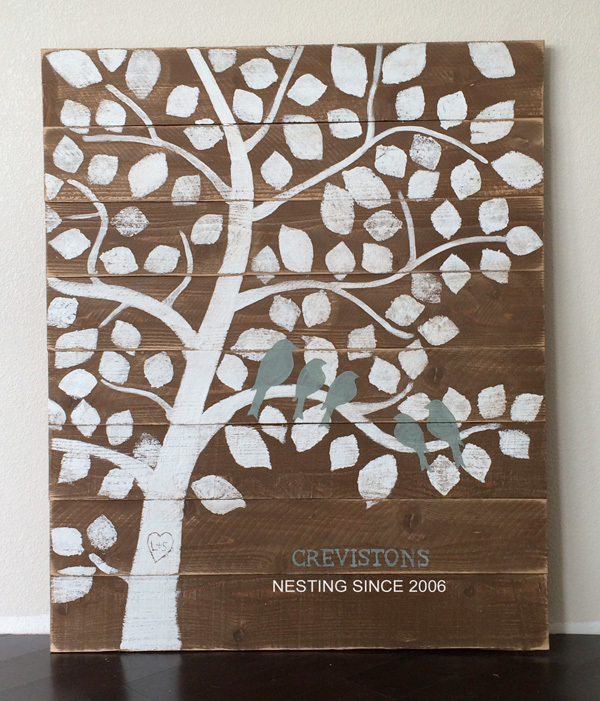
DIY Custom Family Tree Art or Sign with love birds
General Instructions
Please read through the entire plan and all comments before beginning this project. It is also advisable to review the Getting Started Section. Take all necessary precautions to build safely and smartly. Work on a clean level surface, free of imperfections or debris. Always use straight boards. Check for square after each step. Always predrill holes before attaching with screws. Use glue with finish nails for a stronger hold. Wipe excess glue off bare wood for stained projects, as dried glue will not take stain. Be safe, have fun, and ask for help if you need it. Good luck!
Finishing Instructions
Preparation Instructions
Fill all holes with wood filler and let dry. Apply additional coats of wood filler as needed. When wood filler is completely dry, sand the project in the direction of the wood grain with 120 grit sandpaper. Vacuum sanded project to remove sanding residue. Remove all sanding residue on work surfaces as well. Wipe project clean with damp cloth.
It is always recommended to apply a test coat on a hidden area or scrap piece to ensure color evenness and adhesion. Use primer or wood conditioner as needed.
It is always recommended to apply a test coat on a hidden area or scrap piece to ensure color evenness and adhesion. Use primer or wood conditioner as needed.


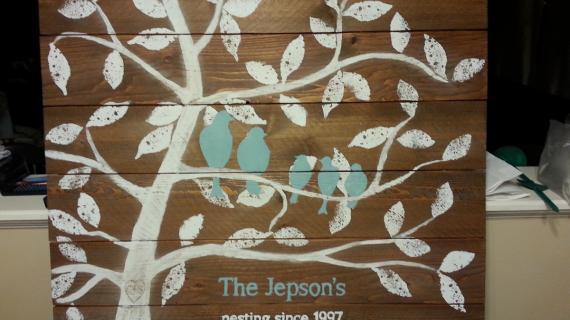
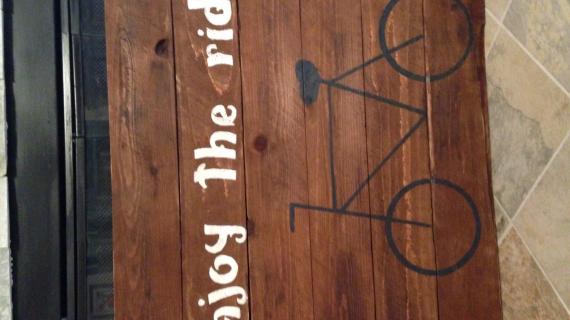
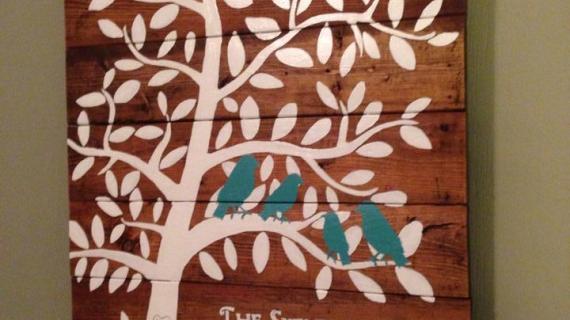
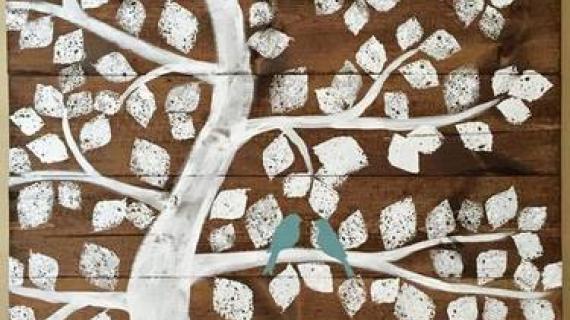
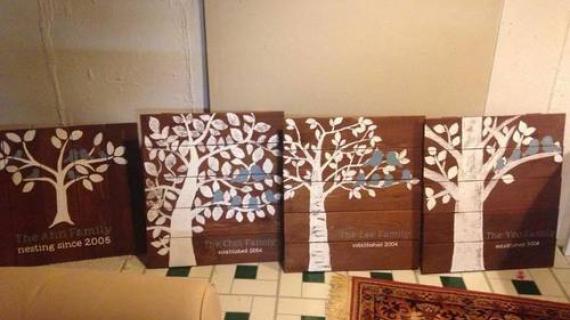
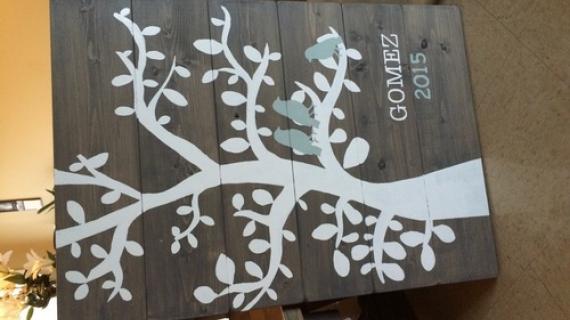
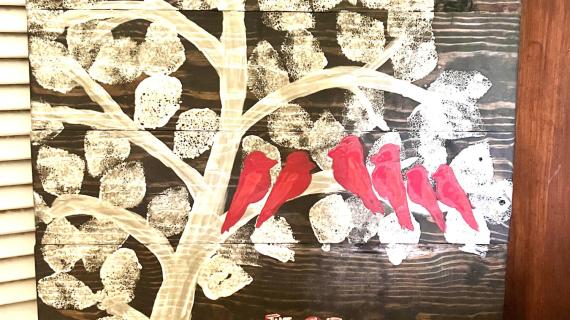

Comments
dmcarwin
Fri, 05/16/2014 - 14:59
So cute!
I think this is so fun, and a perfect gift, I am impressed with Gracie's skills too!
jaimecostiglio
Fri, 05/16/2014 - 18:26
Great gift
Thanks Ana for the link back. That tutorial from 2011 is by far my highest trafficed post of all time and I cringe at the pics, perhaps I should do an updated version! Your artwork is a perfect family gift and yes you should make one for the White's (with white leaves of course :)).
spiceylg
Sat, 05/17/2014 - 13:30
Awesome
Love this and love that Grace us getting so involved.
yurra-bazain
Sun, 05/18/2014 - 09:36
How sweet
Ana, this is beautifully done. :) I love that you worked with Grace on it, too. I am tempted to spin some saw blades right now.
birdsandsoap
Thu, 05/22/2014 - 13:39
Love this!
I love it, I love it, I love it!
jcox2011
Sun, 08/17/2014 - 10:21
This is easy to make!
I made the sign but I have decided not to stain it. I honestly can't paint I always use stencils >.
Creative Dominican
Tue, 09/30/2014 - 12:36
LOVE THIS!
I can find the link to the plans to get the mreasurements. Can you tell me the size of this?
Thanks,
Beca
shillhouse
Sun, 11/09/2014 - 11:38
Very cool
Very cool
Melissajackson04
Thu, 09/08/2016 - 19:11
I made a few of these. Mine
I made a few of these. Mine first and then two for other people. After spending about a week on my wall the cedar fence pickets have shrank causing 1/4" gaps between the slats. I'm afraid this will happen to the two others I made. Any tips or suggestions to prevent it from happening to others in the future? Thanks!